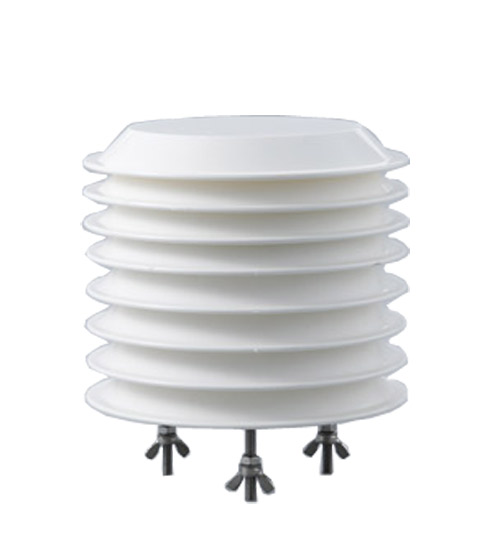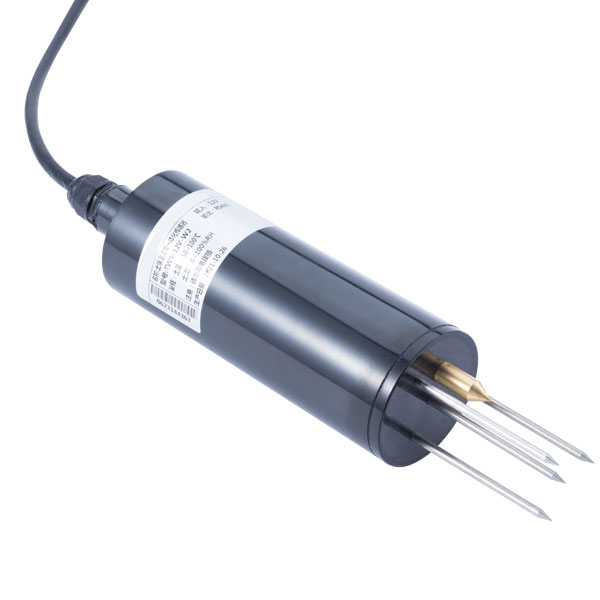

— Blogs —
—Products—
 Consumer hotline +8618073152920
Consumer hotline +8618073152920 WhatsApp:+8615367865107
Address:Room 102, District D, Houhu Industrial Park, Yuelu District, Changsha City, Hunan Province, China
Product knowledge
Time:2021-11-28 21:18:36 Popularity:1200
Today with great emphasis on the development of the Internet of Things, the Internet of Things has risen to a national strategic industry, such as self-service terminals, smart grids, intelligent transportation, PLC remote control, modern agriculture, etc., all walks of life are deploying to the Internet of Things, none of these industries The exception is the 4G industrial router PLC remote module in the process of network deployment.
When choosing a 4G industrial router, you must know whether it is an industrial module. Today, the editor will give a brief introduction to the basic situation of industrial 4G routers.
A brief introduction to industrial 4G routers
1. Industrial 4G router composition
The industrial-grade 4G router itself is a computer with multiple network interfaces. Like an ordinary computer, it also has components such as a central processing unit (CPU), system main memory (RAM), and read-only memory (ROM).
In addition, a very important part is its network interface (Interface). In order to connect different types of networks, industrial routers have a wide variety of network interfaces, such as Ethernet, fast Ethernet, and token ring interfaces used in local area networks. V.35, RS232, ISDN BRI PRI interface, etc. applied to WAN.
There are two main types of external memory for industrial routers: NVRAM (Non-Volatile RAM, non-volatile RAM) and Flash (flash memory). NVRAM stores the configuration files of the router, and Flash is used to store the operating system IOS (Internet Operating System).
2. Industrial 4G router configuration mode
There are two basic configuration modes for industrial 4G routers: user and privileged. In the user mode, only the status of the industrial 4G router can be displayed, and the privileged mode can also change the configuration of the entire network router.
In the privileged mode, you can enter the setup mode, global config mode, and sub config mode.
The installation mode provides menu prompts to guide the user through the basic configuration of the dual-card router. After the new industrial wireless router is started for the first time, it automatically enters the installation mode.
In the global configuration mode, you can change the global parameters of the industrial wireless router, such as host name, password, and so on.
The local configuration changes the local parameters of the entire Netcom router, such as the configuration of a certain network interface, the configuration of a certain routing protocol, and so on.
3. Configuration method
There are many ways to configure the full Netcom industrial router, the following five are the most common:
1. Use HyperTerminal tools to log in to the console (console port) through the serial port.
2. Connect the modem to the auxiliary port of the industrial-grade full Netcom router, and dial in to the console remotely.
3. Telnet to an IP address of the industrial 4G router, and access the industrial 4G router through VTY (virtue terminal line).
4. Edit the configuration file and upload it to the industrial-grade LTE router via TFTP.
5. Remotely set industrial Netcom router parameters through network management system.
The application of 4G industrial-grade routers will become more and more extensive, and their functionality will become more and more perfect, and they will become an important role in the IoT stage during the Industry 4.0 era.
Prev:A comprehensive introduction to the main functions of industrial-grade routers
Next:What are the advantages and functions of 5G industrial routers? And related product introduction
Sensors & Weather Stations Catalog
Agriculture Sensors and Weather Stations Catalog-NiuBoL.pdf
Weather Stations Catalog-NiuBoL.pdf
Related recommendations
Related products
 Atmospheric Temperature Humidity Pr···
Atmospheric Temperature Humidity Pr··· Soil Temperature Moisture Sensor 4-···
Soil Temperature Moisture Sensor 4-··· Air temperature, humidity and atmos···
Air temperature, humidity and atmos···
Screenshot, WhatsApp to identify the QR code
WhatsApp number:+8615367865107
(Click on WhatsApp to copy and add friends)